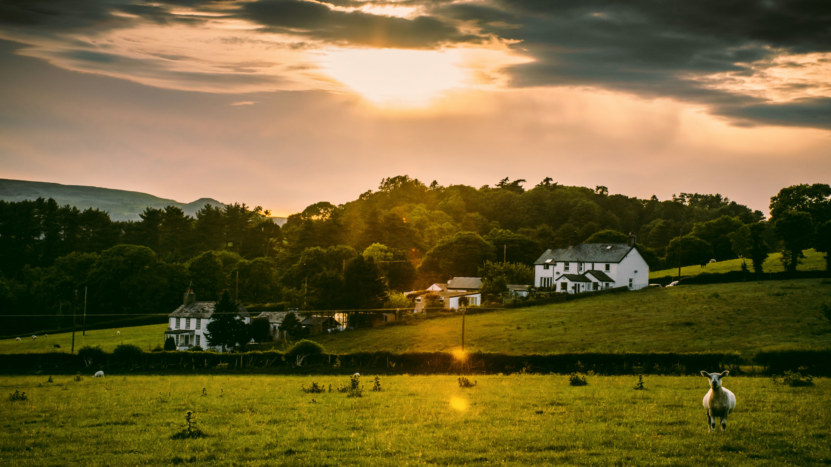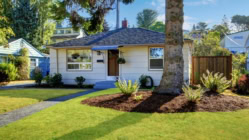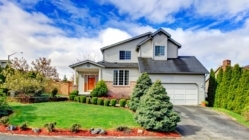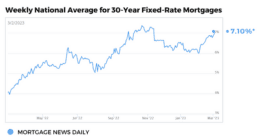We recently had a transaction on 46 acres that died.
The “land-to-value” ratio was way too high, making the financing effectively a “lot loan,” and mortgage lenders won’t go near lot loans! The land-to-value ratio was over 70% because the dwelling was a primitive 750 sf cabin with 2 bedrooms, 1 bath and a wood stove for heat. Despite the dwelling size, we still might have been able to make the transaction work – and I will explain why below.
Why Mortgage Lenders Won’t Go Near Lot Loans
Mortgage lenders won’t go near lot loans for many reasons – and here are a few: (1) regulators, investors, and creditors prohibit them from doing lot loans; and (2) lot loans are much riskier – which is a main reason why regulators, etc. won’t let mortgage lenders do lot loans. Lot loans are riskier because land values are more volatile; land is much less liquid as collateral; it is harder to generate income from land; zoning issues are more prevalent; and more expertise is required to understand and exploit land values in general.
Large lots in and of themselves are not a problem, as Fannie Mae and Freddie Mac no longer have any limits on lot sizes. But, the large lots need to be “marketable” and “typical for the area,” and they can’t comprise too much of the value of the property (the “land-to-value” ratio can’t be too high).
Land-To-Value Ratios For Lot Loans
What are acceptable “land-to-value” ratios? It depends…
Typical land-to-value ratios in suburban neighborhoods are in the 25% to 33% range. But, in high-end suburban and urban areas, land-to-value ratios can exceed 50% – and that too is OK if such ratios are “typical for the area.”
Ag zoning is kosher too, but…mortgage lenders will not allow any “commercial farming,” e.g. grape harvesting (common in CA), working cattle or horse operations, etc. “Hobby” ag is more than fine though.
“Effective Lot Sizes” are sometimes the solution to the “too large of a lot” problem. A lot is “effectively” much smaller when the land is steeply sloped, when there are creeks, rivers or gorges running through the property, or when there are major easements that severely restrict usage.
It was my contention when looking at the appraisal of our 46 acre parcel above that the effective lot size was no more than 20 acres, and probably less – and I think the land-to-value ratio could have been lowered substantially. The appraiser, however, did not see eye-to-eye with me, and refused to change his analysis – after the fact.
I suspect though that if someone with my same opinion had met that appraiser at the property prior to his appraisal, we would have had a different result. The property, however, was in the middle of nowhere – so meeting the appraiser was far too difficult. Even finding an appraiser was far too difficult, for that matter, and that is why we had a less than accommodating appraiser after the fact too. He was the only game in town, and he knew it.
























